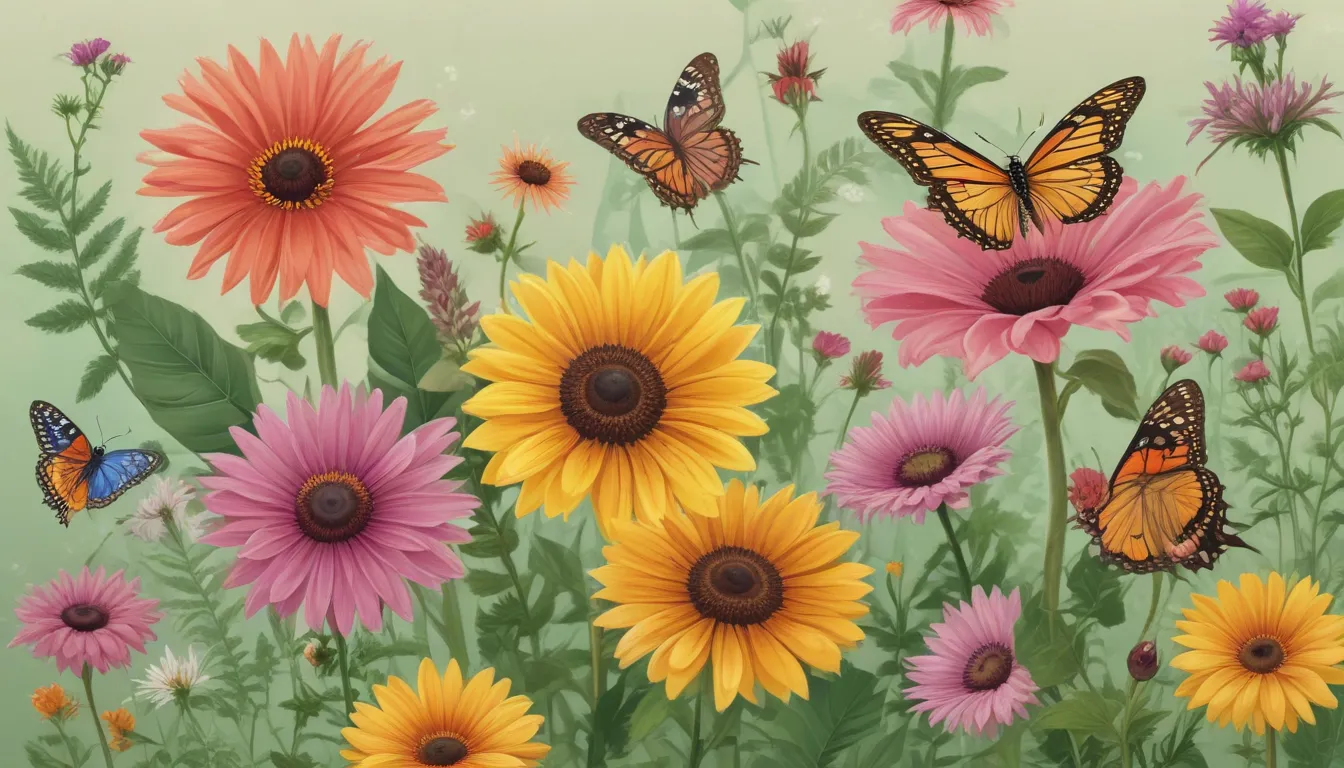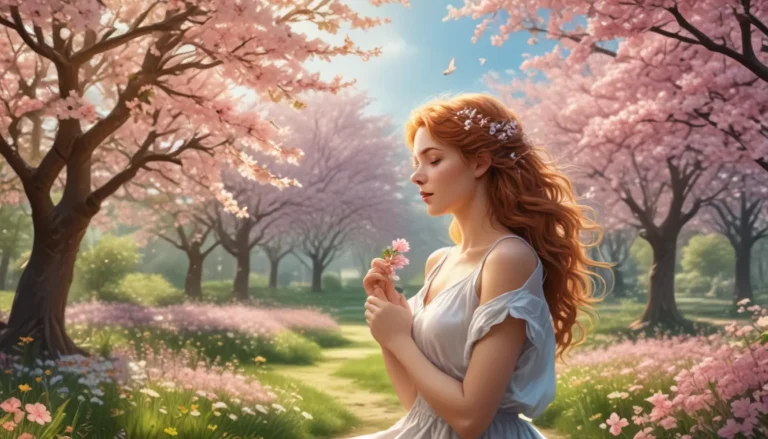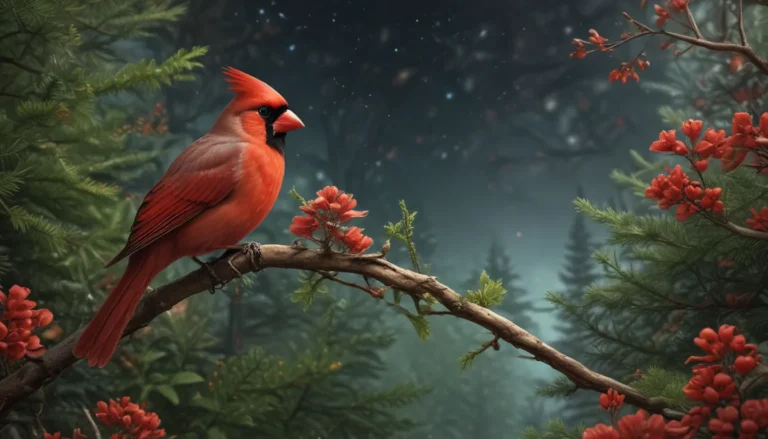The pictures we use in our articles might not show exactly what the words say. We choose these pictures to make you interested in reading more. The pictures work together with the words but don’t take their place. The words still tell you the important facts.
In a world where biodiversity is increasingly threatened, creating a welcoming space for pollinators in your garden is not just a hobby; it's a vital contribution to the health of our planet's ecosystems. Pollinators like bees, butterflies, birds, and other insects play a critical role in the reproduction of many plant species, including the production of our food. With their populations declining, it is more important than ever to understand how to make our gardens a sanctuary for these essential creatures. By selecting the right plants, adopting sustainable practices, and providing a conducive environment, you can transform your green space into a vibrant oasis teeming with life.
What Makes a Garden Pollinator-Friendly?
To create a haven for pollinators, it's about more than just planting flowers. It involves a strategic selection of plants and a commitment to practices that support the health and well-being of these important creatures. Here are some key factors to consider:
- Diverse Plant Selection: Offering a variety of flowering plants attracts a wide range of pollinators with different flower preferences.
- Native Plants: Native species are well-suited to the local climate, making them easier to grow and more resilient to pests and diseases.
- Continuous Bloom: Ensuring there are always flowers in bloom supports pollinators throughout their active seasons.
How to Attract Specific Pollinators
Different pollinators have unique preferences when it comes to flowers and habitats. Catering to their needs can help enhance biodiversity in your garden. Here's how to attract specific pollinators:
- Bees: Bees are attracted to blue, purple, and yellow flowers like lavender, salvia, and sunflowers.
- Butterflies: Butterflies prefer flat, open flowers such as milkweed, zinnias, and butterfly bushes.
- Hummingbirds: These tiny birds favor tubular flowers in bright red and orange hues like trumpet vine, honeysuckle, and fuchsia.
Sustainable Practices for Pollinator Gardens
Sustainability in gardening goes beyond plant selection. It involves adopting practices that ensure the long-term health of your garden and its pollinator visitors. Here are some sustainable practices to consider:
- Avoid Pesticides: Chemical pesticides can harm pollinators, so opt for natural pest control methods.
- Provide Water Sources: Pollinators need hydration, especially in hot weather, so provide shallow dishes or birdbaths with stones for landing.
- Create Habitats: Leaving some areas of the garden wild can provide nesting sites for bees and other pollinators.
Seasonal Tips for Pollinator-Friendly Gardening
Each season brings unique challenges and opportunities for maintaining a pollinator-friendly garden. Here are some tips for each season:
- Spring: Early-blooming plants like crocus, lilac, and forsythia provide critical food sources for emerging pollinators.
- Summer: Peak bloom time requires continuous flowering by deadheading spent blooms and adding mid- to late-summer plants.
- Fall: Late-blooming plants like asters and goldenrod offer essential resources for pollinators preparing for winter.
- Winter: Plan for the upcoming seasons by researching plants and preparing garden beds as weather permits.
The Impact of Pollinators on Ecosystems
The role of pollinators extends beyond just aiding in plant reproduction. They have a significant impact on the health and diversity of ecosystems. Here's why pollinators are crucial:
- Pollination: Essential for the production of fruits, vegetables, and seeds that support a variety of wildlife.
- Biodiversity: Maintains plant diversity, supporting a range of animals and contributing to the resilience of natural habitats.
- Economic Value: The agricultural economy depends heavily on pollination, with billions of dollars at stake globally.
Challenges Facing Pollinators
Despite their importance, pollinators face numerous threats that impact their populations. Understanding these challenges is key to protecting these vital creatures. Here are some of the challenges pollinators face:
- Habitat Loss: Urbanization and intensive agriculture reduce natural spaces for pollinators to find food and shelter.
- Pesticide Exposure: Chemical pesticides can directly harm pollinators or weaken their immune systems.
- Climate Change: Altered weather patterns and temperatures disrupt the timing of plant blooming and pollinator activity.
- Disease and Parasites: Spread more easily among stressed pollinator populations.
- Competition from Non-native Species: Invasive plants and animals can outcompete native species, reducing resources for local pollinators.
A Final Buzz on Pollinator Gardens
Supporting pollinators is not just a trend; it's a crucial step towards preserving biodiversity and ecosystem health. By practicing mindful gardening and sustainability, individuals can have a positive impact on pollinator populations and the planet. Remember, every little action counts in creating a haven for bees, butterflies, and other vital pollinators. So, whether you have a vast backyard or a small balcony, there's always room to make a difference. Let's all contribute to a vibrant, buzzing planet, one flower at a time.






